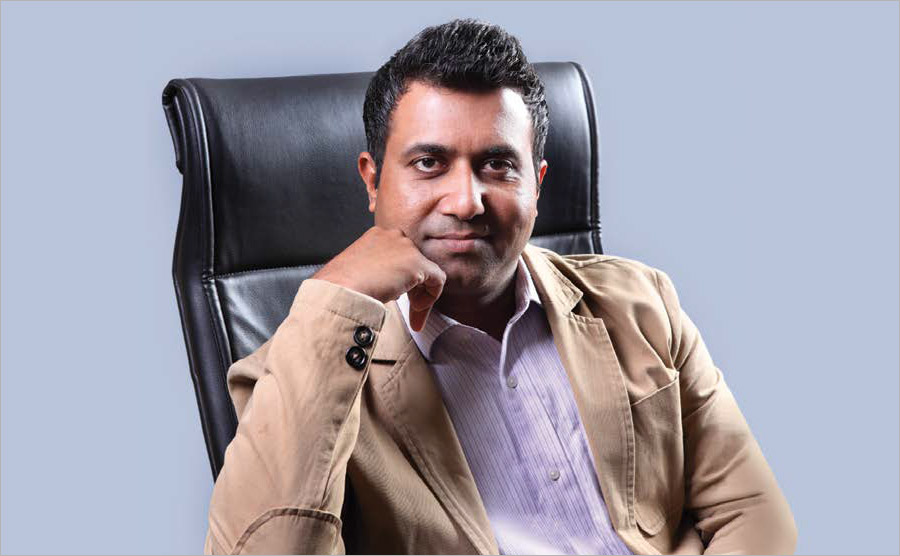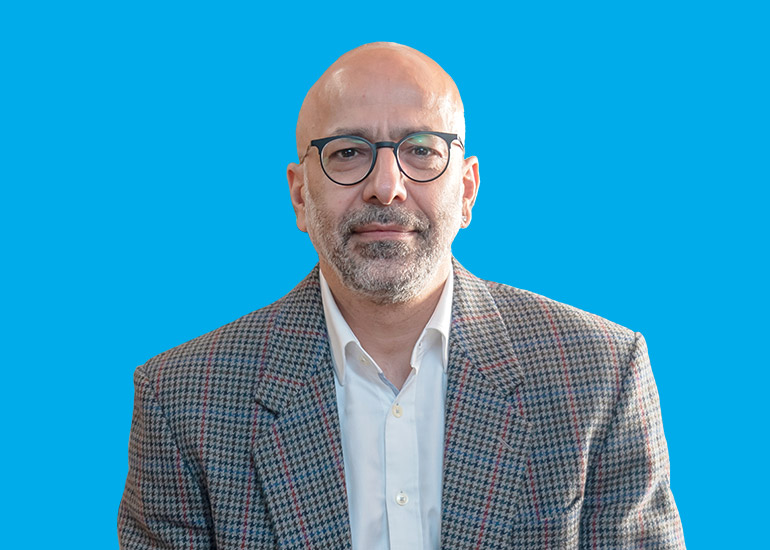From a marketing perspective, our objective wasn’t to drive top of mind awareness, since we already enjoy that. Our goal now moves to building preference for the brand by differentiating ourselves amongst the widest range of consumers. That was the starting point when we went about our strategy for this campaign. We needed to get into the consumer’s heart, what we internally call ‘heartbeat marketing’. Everyone in this category talks about buying a home, new launched projects, renting and selling homes, etc. We always believe that home buying is an emotional journey for a consumer and therefore our communication has always been in the emotive zone. We ideated quite a lot, and came upon a simple insight that your address is probably the most important thing of your individual identity, followed by your name. Our business is literally about an address change, and so we thought of playing on those lines. It was rooted in the simple fact that people all around us have moved from small cities to big cities or have changed addresses. That emotional journey gets encapsulated in this insight that we hit upon, which is ‘Pata badalta hai, toh bahot kuch badalta hai’
.
Q] Does your campaign specifically target the millennials?
It is primarily designed for the core property-seeking segment of 30-40 years of age. This is the age when you are looking to buy your first home, or looking to upgrade to a bigger home because of several reasons. When we say ‘Pata badalta hai toh bahot kuch badalta hai’, we are actually talking to them saying, if they’re in a rented accommodation or have a growing family, it’s time for them to look out for their first home. However, it also targets millennials.
Q] How does Virtual Reality play up in a brick and mortar category like real estate? Do prospective buyers trust it enough to base their purchase decisions upon it?
Technology already plays a very big role in real estate and the biggest example of that is the advent and success of property portals like ours. A developer can use virtual reality to give consumers a walkthrough of the project in a far more detailed fashion. From a consumer’s point of view, virtual reality helps reduce the pain points that a consumer has by making it possible to showcase and shortlist projects from a comfort zone. Consumers who have already bought a flat could use VR for their upgrade-related solutions. There are multiple cases of this and it is with this idea that we have now started experience centres, where we give consumers an opportunity to see samples, live through the experience and arrive at a better decision.
 Q] Which advertising mediums have worked the best for you so far and which are the mediums that you plan to spend on the most, going forward?
Q] Which advertising mediums have worked the best for you so far and which are the mediums that you plan to spend on the most, going forward?I always believe in multimedia traction and in the multiplier which digital media brings in. However, I would say that there are two mediums which have really stood out. One is Television, because we have seen a lot of awareness and other brands following metrics using Television. The other is Digital, because we have seen that our ability to convert a consumer and prospect into a buyer has been far better using Digital, which now plays a far bigger role than any other traditional medium.
Q] What is your target market-share? Also, which are your strongest growth markets today?
We have more than 60% of all online listings in India. My target market-share is to have 100% of the category. Our strongest growth markets include the Delhi NCR, Mumbai, greater Mumbai, Bangalore, Hyderabad and Pune. There are also some emerging markets like Ahmedabad and Kolkata.
Q] How badly has the recent economic slowdown affected the real estate sector and what must a marketer in a sector like this do in such a situation?
The economic slowdown could be cyclical or probably very specific at this point in time. A marketer should stay optimistic and reach out to consumers with meaningful propositions. Even when there have been multiple policy interventions, the demand on Magicbricks never went down, in fact the traffic actually went up. The change now is that consumers want to reassure themselves before they make their decision. It’s not a negative impact, but we see just a little more caution from the consumer’s side.
Q] The NAREDCO recently proposed the need for a 'stress fund' before the government, which could become the saving grace for large unfinished projects. What are your views on this?
All the stuck projects are a real problem to solve as the cycle of investment gets broken. A developer requires funds to complete a project and a consumer needs revival of sentiments, which will only happen if a lot of these stuck projects start getting delivered.
Q] What are the challenges you currently face and how do you see the real estate sector five years down the line?
A consumer today does not seek only information, but picks a wide variety of solutions. Thus, the challenge and opportunity both, is to build the widest suite of products and services, so that it becomes a one-stop solution for a consumer. The policy interventions have cleaned up the sector quite a lot and we expect that only serious players are going to stay, whereas the casual ones who entered just for short term gains will move out of this industry. The consumer demand for affordable homes in India, even among millennials, will continue to grow.
Q] Buying a house is a crucial as well as emotional decision for a consumer. What are some of the things that you cannot miss out on, while formulating marketing strategies for Magicbricks?
Marketers must never move their eyes from consumer preferences and must go whichever way the demand shifts. Marketers in real estate must take cognizance of the way they reach out to customers and try to build the brand in a manner that a customer not only chooses it, but also stays with it.
























